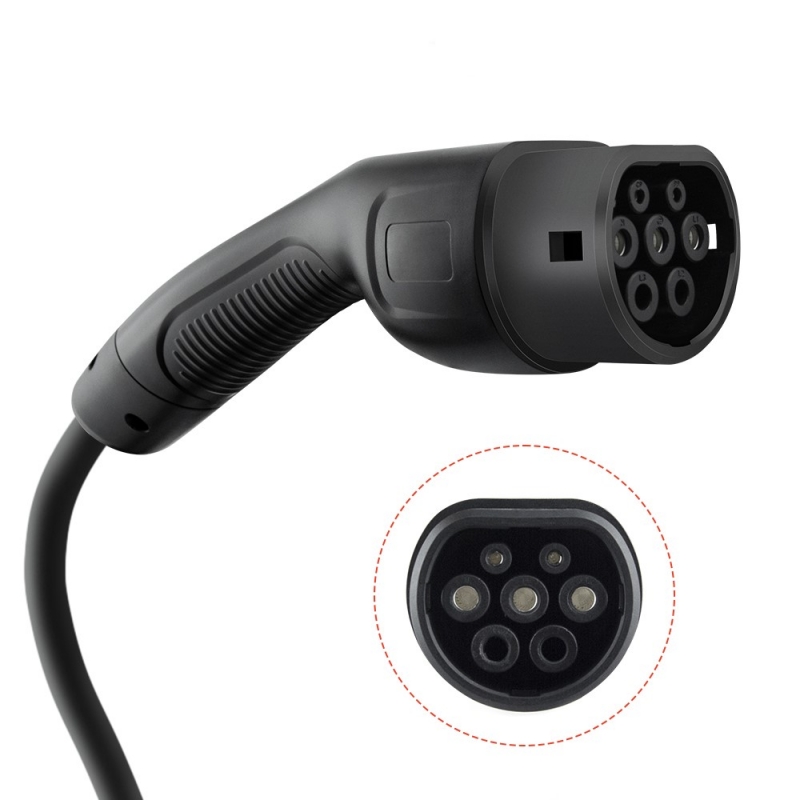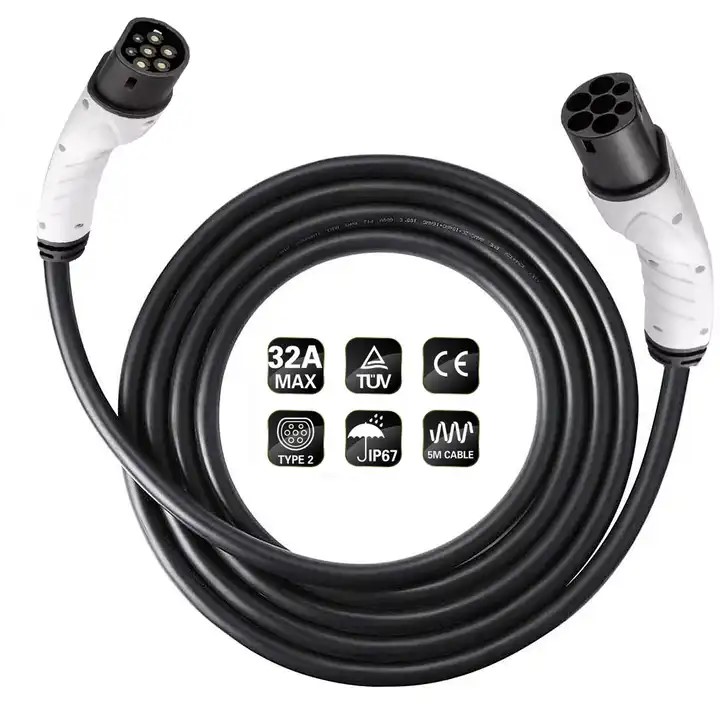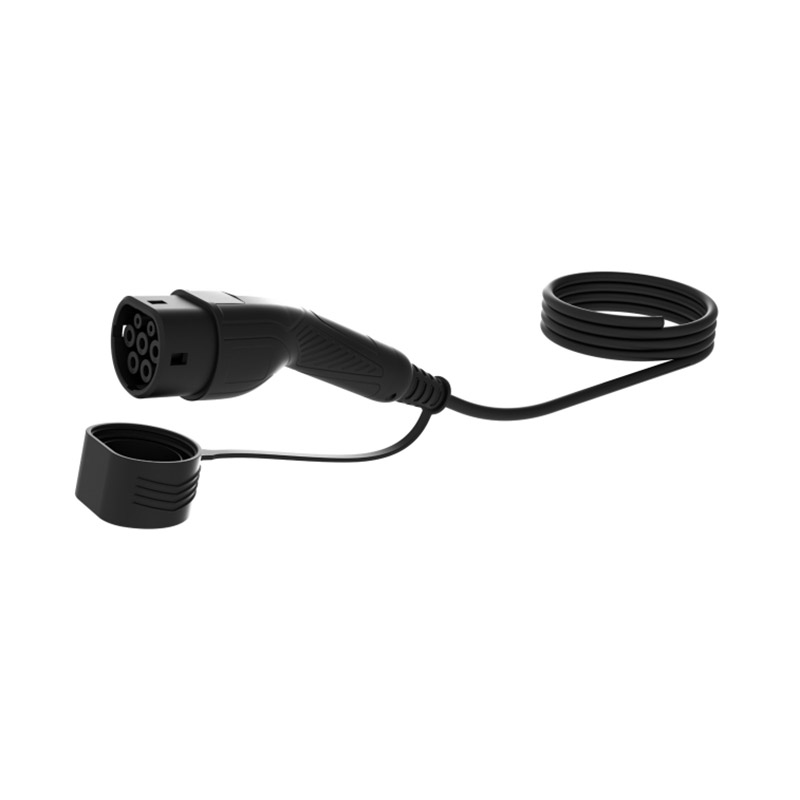C16-01 EN discharge gun Information
|
Product model |
C16-01 EN discharge gun V2L 16A |
|
Safety performance and feature of the product: |
|
|
Rated voltage |
250V AC |
|
Rated current |
16A Max |
|
Working temperature |
-40°C ~ +85°C |
|
Protection level |
IP54 |
|
Fire-protection Rating |
UL94 V-0 |
|
Standard adopted |
IEC 62196-2 |
C16-01 EN discharge gun features
European standard certification special socket
Configuration: EU socket*2+USB interface*1+TypeC interface*1+overload switch*1+mistakenly touch the door bolt
Cable: 2.5mm² high-performance TPU material
F.A.Q
Q: The main difference between AC Charger and DC Charger?
A:The difference between AC charging and DC charging is the location where the AC power gets converted; inside or outside the car.Unlike AC chargers, a DC charger has the converter inside the charger itself. That means it can feed power directly to the car's battery and doesn't need the on-board charger to convert it.
Q: Charging Modes?
A:Mode 2: Slow AC charging using a standard 3 pin socket with an EV specific protection device in the cable. Mode 3: Slow or fast AC charging using a dedicated and fixed circuit with specific EV multi-pin connection with control and protection functions. Mode 4: Rapid or Ultra Rapid DC charging using direct current with a connection technology such as CHAdeMO or CCS.
Q: The differences of global DC fast charging standards?
A: CCS-1: DC fast charging standard for North America.
CCS-2: DC fast charging standard for Europe.
CHAdeMO: DC fast charging standard for Japan.
GB/T: DC fast charging standard for China.
Q: Does the higher the charging station output power mean the faster the charging speed?
A: No, it doesn't. Due to the limited power of the car battery at this stage, when the output power of the DC charger reaches a certain upper limit, the larger power does not bring a faster charging speed.
However, the significance of high-power DC charger is that it can support dual connectors and simultaneously output high power to charge two electric vehicles at the same time, and in the future, when the electric vehicle battery is improved to support higher power charging, it is not necessary to invest money again to upgrade the charging station.
Q: How fast can a vehicle be charged?
A: The speed of loading depends on many different factors
1. Charger Type: The charging speed is expressed in 'kW' and depends, among other things, on the capacity of the type of charger and the available connection to the power grid.
2. Vehicle: The charging speed is also determined by the vehicle and depends on several factors. With regular charging, the capacity of the inverter or “on board charger” is of influence. In addition, the charging speed depends on how full the battery is. This is because a battery charges more slowly when it gets full. Fast charging often does not make much sense above 80 to 90% of the battery capacity because charging is progressively slower.
3. Conditions: Other conditions, such as the temperature of the battery, can also affect the charging speed. A battery works optimally when the temperature is neither too high nor too low. In practice this is often between 20 and 30 degrees. In winter, a battery can get very cold. As a result, charging may slow down considerably. Conversely, a battery can become very hot on a summer day and charging can then also be slower.
















